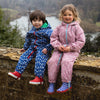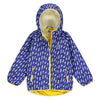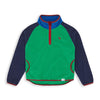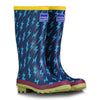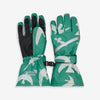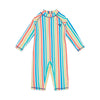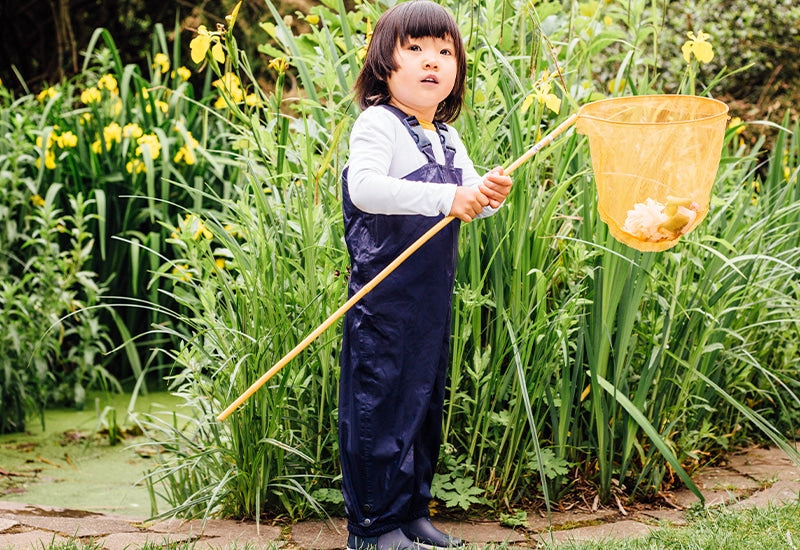
KS2 – Science – Living Things Habitats
Download our KS2-Science-Living things and their habitats worksheet here
Learning Objective
To recognise that living things can be grouped in a variety of ways
Resources
- Clipboards
- Paper
- Pencils
- Colouring pencils
- Reference books
Introduction
- Introduce children to the idea that living things can be grouped together in different ways. - Ask children to consider different ways of grouping plants and animals. Ensure children understand the difference between vertebrate animals and invertebrates. Explain that vertebrates can be grouped together into groups such as fish, amphibians, reptiles, birds and mammals, and invertebrates into snails and slugs, worms, spiders and insects. - Also, ensure children understand that plants and trees can also be grouped in different ways. Ask children for suggestions eg. flowering and non-flowering, deciduous and evergreen.
Activity
- Design a local area guide - Children to create a local area guide. They need to decide how best to group the plants and animals they find in the area. Children can use a piece of paper for each group eg. evergreen trees, flowering plants etc. This can then be stapled together and turned into a book back at school. - Design a guide to your garden - Repeat the above but let the children focus on the plants and animals they can find in the garden. - Children can choose to draw or provide descriptions of the plants and animals depending on ability level. Encourage children to use reference books if they are not sure of the name of a particular animal or flower. - Ask children to consider the positive and negative impact of human impact on the plants and animals which they have looked at.

